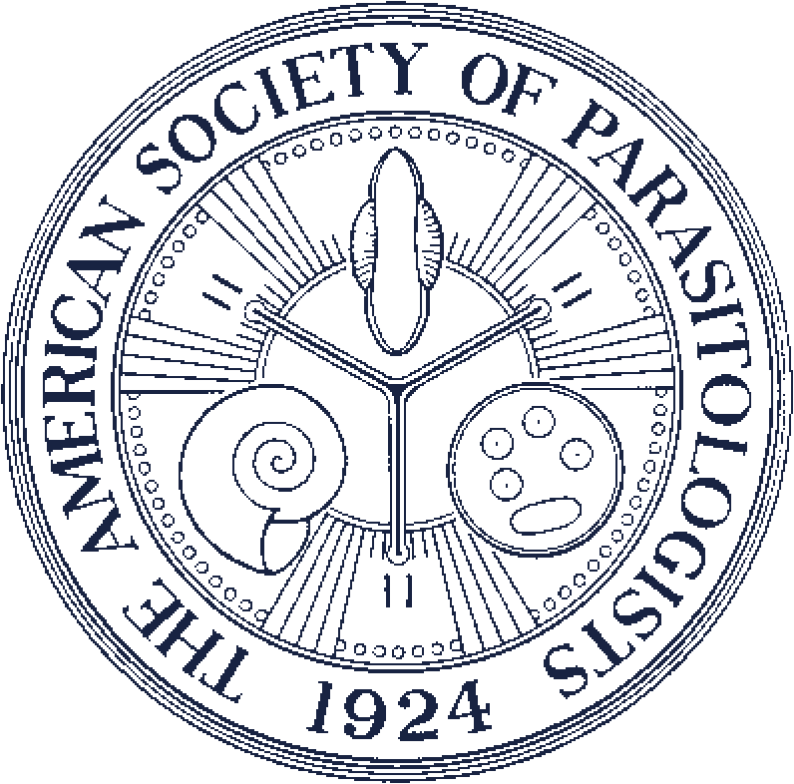North American Transmission of Hemosporidian Parasites in the Swainson's Thrush (Catharus ustulatus), a Migratory Songbird
The geographic structuring of parasite communities across the range of a single host species can illuminate patterns of host-population connectivity. To determine the location of parasite transmission in a Neotropical migrant bird species, we sampled adult and hatch-year (HY) birds across the breeding and wintering range of the Swainson's thrush (SWTH), an abundant passerine with a migratory divide. We examined the phylogenetic relationships among cytochrome b lineages of the avian blood parasite genera Haemoproteus, Plasmodium, and Leucocytozoon and determined the transmission location of unique lineages. We found that Haemoproteus and Plasmodium lineages are transmitted on California breeding grounds, whereas Leucocytozoon transmission occurs on Alaskan breeding grounds. The presence of hemosporidians on wintering grounds and shared lineages between the SWTH and resident species suggests that transmission of some of these lineages occurs on both breeding and wintering grounds. We emphasize that the sampling of HY birds and local resident heterospecifics will supplement vector studies to determine the key players in hemosporidian host switching and range-expansion events.Abstract:

Range map of Swainson's thrush subspecies ranges (gray indicates the distribution of the inland form and black indicates the range of the coastal form). Lineage descriptions are noted for each sampling location where H = Haemoproteus, P = Plasmodium, and L = Leucocytozoon. Lineages marked with asterisks were isolated from hatch-year birds. Map from Ruegg (2008).

Phylogenetic tree of Haemoproteus (H) and Plasmodium (P) parasite lineages based on 459–750 base pairs of the mitochondrial cytochrome b gene. Bayesian posterior probabilities greater than 0.75 are represented by the numerator at each node, and maximum-likelihood bootstrap values greater than 70 are represented by the denominator. Lineage number and symbols representing location of sample collection are indicated for novel lineages.

Phylogenetic tree of Leucocytozoon (L) parasite lineages based on 439–482 base pairs of the mitochondrial cytochrome b gene. Bayesian posterior probabilities greater than 0.75 are represented by the numerator at each node, and maximum-likelihood bootstrap values greater than 70 are represented by the denominator. Lineage number and symbols representing location of sample collection are indicated for novel lineages.
